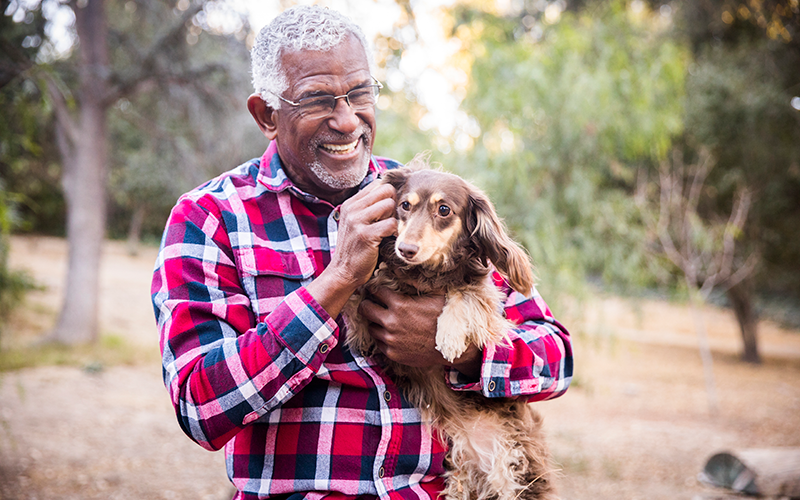According to a Dec. 8th, 2020 story in The Washington Post, most pet owners understand they may have to wait days (or weeks) for a veterinary appointment because they understand three reasons why veterinary teams are exceptionally busy:
- The pandemic puppy craze means established veterinary clients are competing with more new pet owners trying to book appointments for checkups and shots.
- Existing practice clients who put off routine veterinary visits early in 2020 because of COVID-19 fears are now running out of time for things like booster shots and are trying to book appointments.
- With more people working from home, more people are noticing things about their pets that they want veterinarians to examine.
Yet as The Washington Post story notes, panic and frustration quickly replace understanding in pet owners needing immediate consultation for a pressing pet health concern.
Speaking to this frustration, DVM and AVMA president Douglas Kratt says in The Washington Post story, “For urgent care, like a normal pet having abdominal discomfort or vomiting, that might be a couple of days, sometimes a long couple of days, to get in.”
When pet owners cannot wait for an appointment, panicked pet owners often have few options but to pack their terrified pets into the car, drive to an emergency animal hospital, and hand their pets over to veterinary teams they do not know.
As an alternative to this, Dr. Kratt said to The Washington Post, “I tell people, if the waits are there and they have questions, reach out to the veterinarians,” adding, “The phone is one way.”
The challenge of course is that busy veterinarians may not have time to immediately field phone calls from anxious pet owners, and this challenge certainly extends to after-hours calls.
Pet owners can have pet health concerns at any time of day, which of course explains why emergency animal hospitals are so busy. Yet most practices cannot provide live 24/7 care and be there for their clients and patients without hiring additional staff or extending hours of operations.
As a result, practices can miss out on important appointments, and pet owners— for after-hours support—are left to deal with their pet health concerns as best they can.
PetNurse, the live after-hours veterinary telephone triage service, solves this problem for both practices and pet owners.
Working as an extension of your veterinary practice, PetNurse provides your clients with instant after-hours telehealth triage support to provide pet owners with safe, appropriate, and timely assessments of their pet’s overall health over the phone.
The PetNurse team of live Registered Veterinary Nurses uses trusted clinical protocols to:
- evaluate the severity of the situation
- determine urgency
- specify clear next steps
If a situation is urgent, nurses can refer pet owners to the emergency animal hospital associated with your practice or transfer them to your on-call emergency veterinarian.
For non-urgent triage outcomes, the pet owner can request an appointment over the phone and bring their pet in during normal practice hours. This helps:
- eliminate unnecessary trips to the emergency hospital
- reduce costs, stress, and inconvenience for clients and their pets
- increase revenue and client retention for your practice—without the cost of hiring additional staff or extending hours of operation
For practices currently using their own on-call staff:
PetNurse handles all after-hours phone calls and the on-call veterinarian is only transferred the after-hours called triaged as urgent. This significantly reduces after-hours call volumes and improves work-life balance for the on-call veterinarian while simultaneously improving overall patient health and client satisfaction.
One more thing:
Case notes, triage outcomes, and any applicable appointment requests are emailed to your practice after every pet health call. Additionally, every month your practice receives a Call Report Summary allowing your practice to easily quantify the value of the service and ongoing ROI.
To find out more about PetNurse today, click here to request a PetNurse consultation.






